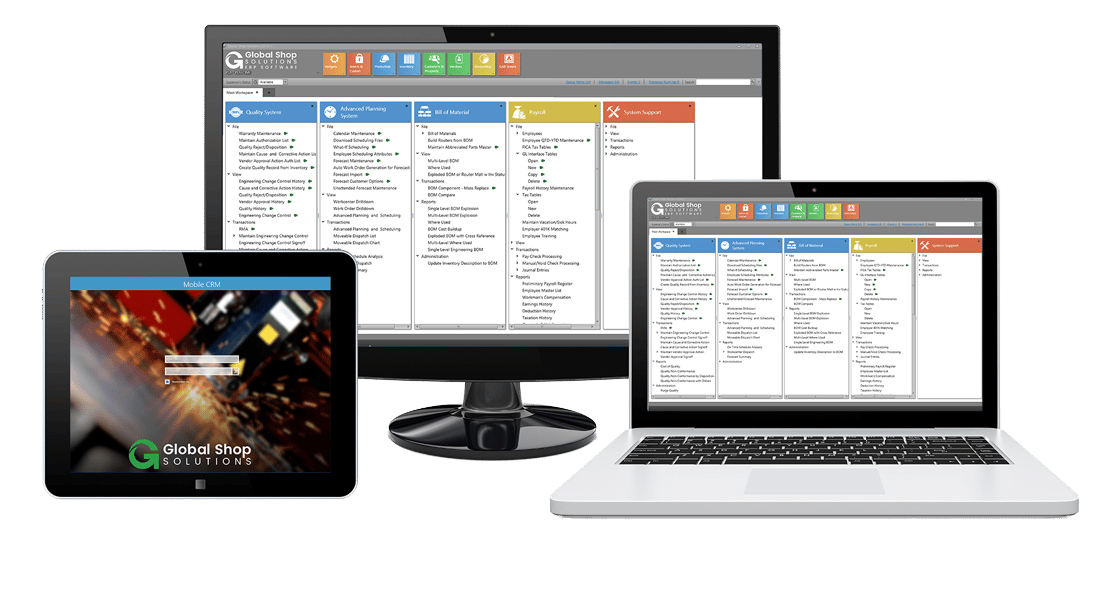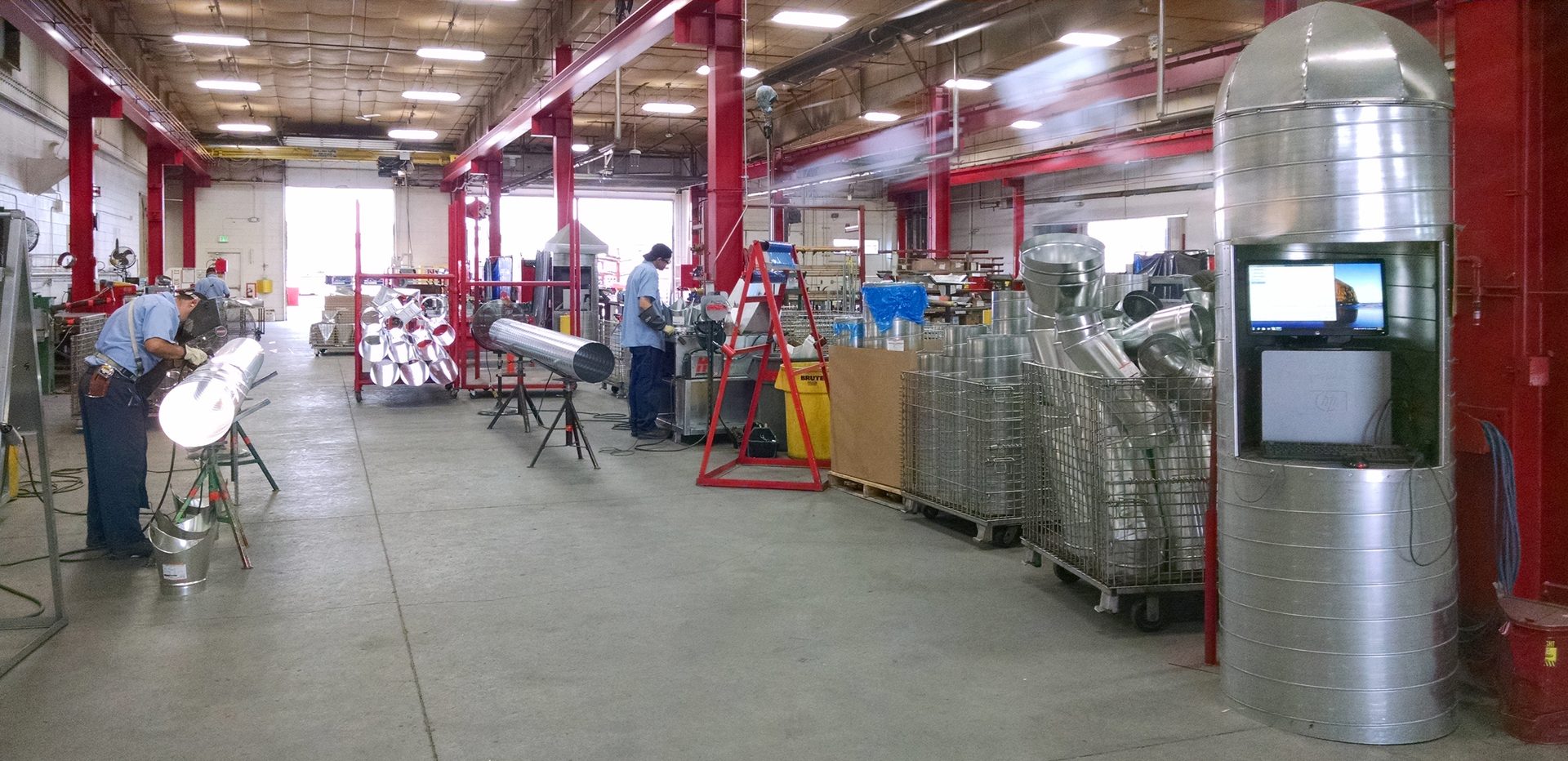Know Your True Cost of Quality with
Integrated ERP
Quality 101

In the end, the true cost of quality comes down to the cost of making the part plus the cost of bad parts. By Dusty Alexander
Accurate costing in all areas of the business is essential for running a profitable manufacturing enterprise. With today’s sophisticated Enterprise Resource Planning (ERP) systems, most manufacturers can track labor, material, inventory costs, and other shop floor expenses with remarkable precision. But knowing their true cost of quality, a key factor in determining product margins and cost of sale, eludes many.
Tracking quality costs is a complex endeavor made more difficult by several factors. The biggest obstacle is not having an ERP software system in place or using an ERP system that doesn’t offer an internal fully-integrated quality module. Outdated procedures, such as manually entering quality data into a standalone quality system, comes in a close second. With these and other inefficient methods, the process of calculating the cost of quality becomes an additional cost in itself.
Calculating the true cost of quality becomes faster and simpler with an ERP system that does it for you. This requires a system that includes four essential capabilities.
1. One integrated system.
ERP systems vary widely in their features and capabilities. Currently, most systems do not include a built-in quality module that integrates with all the other modules. Manufacturers with this type of system must use an add-on software program to track their quality data, including cost, outside of their ERP system. This requires a lot of back and forth between the two systems – a time-consuming process that involves a lot of manual data entry and analysis is prone to error.
In contrast, an integrated ERP system with its own quality module tracks all the data and performs all the transactions and calculations inside the system. In essence, it calculates your cost of quality for you. Other advantages include the ability to:
- Isolate and measure the quality of manufactured or purchased parts by cost, department, employee, work center, and more.
- Integrate the quality module with accounting, inventory and shop management applications.
- Move a scrap account about to be disposed from reserve to an expense, WIP, or inventory so it flows through the general ledger.
- Create rework orders for bad parts that are fixable and have full visibility of the cost to correct them.
A fully integrated ERP system tracks everything related to quality from the time a job begins all the way down to the financials.

Track, capture, and resolve real-time quality issues with ERP software.
2. Real-time analysis.
With most ERP systems, quality data is historical, meaning it usually doesn’t become available until someone keys it in at the end of the day. Without real-time data, managers and quality inspectors often don’t become aware of problematic parts until they have already been made.
ERP systems with an integrated quality module capture quality issues as they occur on the floor. They can also disseminate the data via messaging so that people who need to know are immediately notified. This real-time analysis minimizes the number of bad parts by making the data available as soon as it gets entered into the system. Some systems also print scrap tickets that can travel with the parts or be handed off. This enables quality control personnel to know about the issues as soon as the part counts are entered.
3. Machine integrations.
Modern ERP systems should also be able to interface with third-party production tools, such as nesting software. This sophisticated tool integrates the shop floor cutting process with your ERP system, providing accurate material estimates, exact leftover material counts to return to inventory, precise scrap tracking, and much more.
The ERP interface allows the nesting software to send and receive information. However, the transactions, calculations and data processing related to the cost of quality are performed within the ERP system. There’s no need for spreadsheets or manual data entry, and you can count on the numbers being accurate.
4. Customizable dashboards.
Integrated quality modules do a superb job of tracking and managing data at the individual job level. Many contain a quality dashboard that provides high-level summary information of quality data as a whole. This enables management to review quality trends and issues including:
- Jobs, work centers and employees that continually enter bad parts
- The production steps where most bad parts are entered
- Vendors who regularly send non-conforming parts
- Scrap trend quantity (in dollars or graphically)
These dashboards help uncover problems that, when corrected, can significantly reduce scrap and its cost. For example, when bad parts are entered on the same work center it could indicate the need for preventive maintenance on machines at the work center. If the same part keeps getting entered, the employee making it may need additional training. This big-picture look at quality issues helps you make informed decisions to lower costs and improve quality.
Save Money With Real Time Quality Data Tracking
In the end, the true cost of quality comes down to the cost of making the part plus the cost of bad parts. It may seem like a simple equation, but the more processes involved in making the part the more complex it becomes. That’s why it’s so important to manage quality in an integrated system that tracks everything related to the cost of quality. And more important, does it in real time.
Imagine the cost savings when you can identify and halt production on a bad part in step two instead of step 20. Multiply that by the total number of bad parts that might have made it to step 20 and the cost savings escalate dramatically. An integrated ERP system saves time and money, while tracking the current cost of quality at every step of your production process – a real advantage in today’s cost-competitive global markets.
